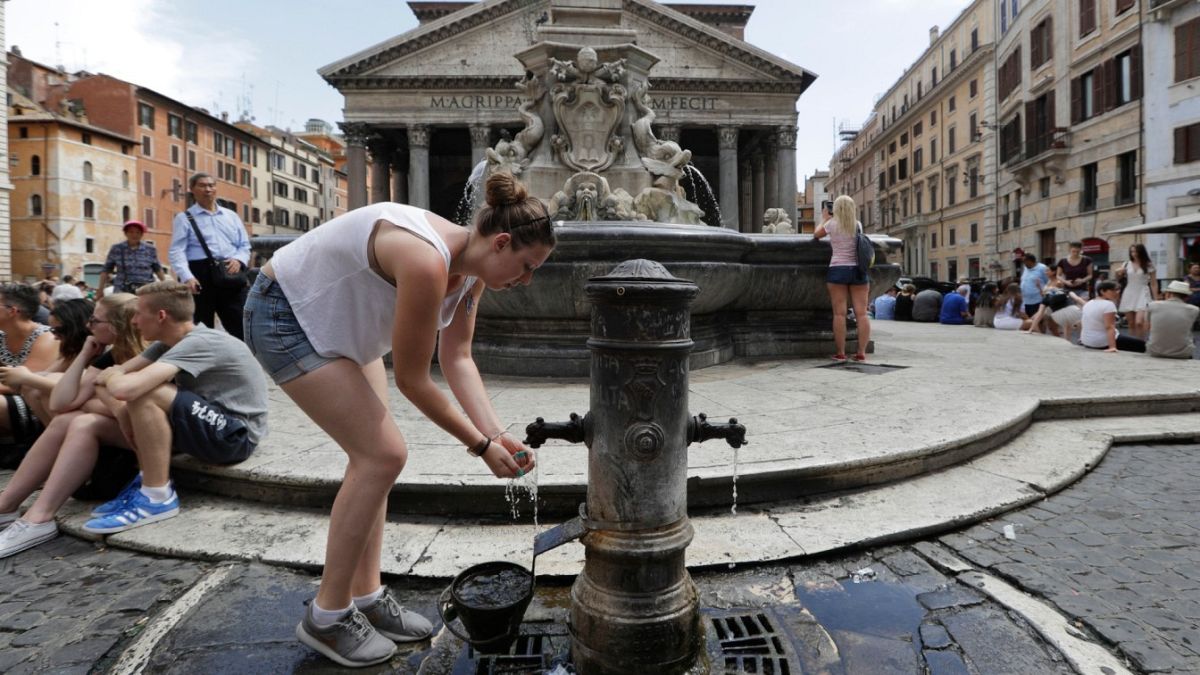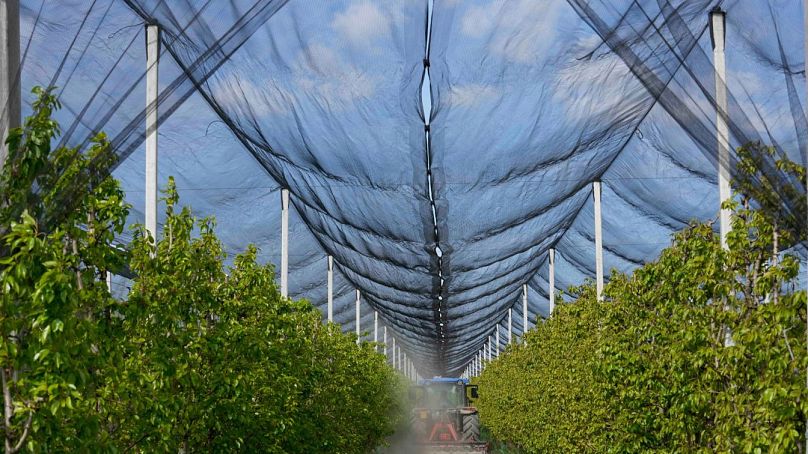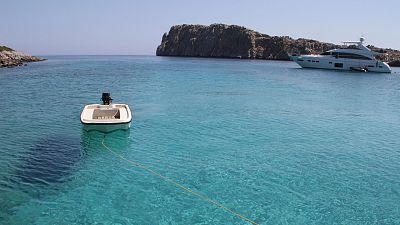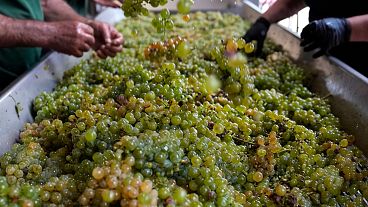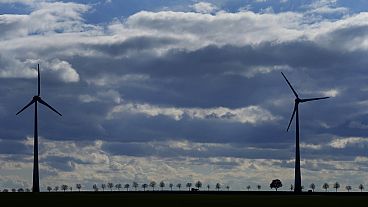Water consumption is outstripping supply. This map shows the regions most at risk of shortages.
From hose pipes to car wash bans, water rationing measures are appearing across Europe due to continued drought.
Most recently, parts of southern France have banned the sale of swimming pools in an attempt to save precious resources.
Demand for water has never been higher, and domestic water use is growing the fastest - especially in developed countries.
Between household uses, agriculture and industry, we extract eight times more water than we did a century ago, according to the National Geographic Society.
To help understand global water supply and demand, the nonprofit has teamed up with Utrecht University in the Netherlands to develop the World Water Map.
The interactive tool indicates ‘water gaps’ - where demand for water outstrips renewable water resources. It also reveals the biggest drivers of demand in different areas.
You can also search the map for where you live to see how closely your local water supplies meet demand.
Where in Europe are the worst water gaps?
In Europe, Italy had the largest water gap in 2019 - the last year for which data is available. Along the east coast, the gap stood at 1.5 cubic kilometres of water. Irrigation and industry faced the largest gaps, though the gap for domestic water use was also high.
After being hit with the worst drought in 70 years in 2022, Italy is facing another year of low rain and snowfall. The country’s lakes and rivers are drying up, raising fear among farmers.
Bulgaria had the second largest water gap at 1.2 cubic kilometres, driven by industrial demand.
Here, water scarcity is partially the result of uncompleted dam projects and long-standing draining of drinking water for industrial needs, which often lead to seasonal rationing for citizens.
Malta, southern and eastern Spain, southern Portugal and western France also faced higher water gaps than elsewhere in Europe.
Climate change and rising sea levels are the biggest threats to Malta, threatening to deplete 16 per cent of its groundwater over the next 80 years.
Spain, meanwhile, has been in a crop-destroying long-term drought since the end of 2022. The country just faced the hottest, driest April since records began in 1961.
French President Emmanuel Macron recently unveiled a water crisis plan after his country faced a record period without rain, while violent protests have erupted over water resources.
What causes water gaps?
Humans are using more water than the natural water cycle can provide.
More than a third of the world’s population is now living with water scarcity, meaning demand for water in their region outstrips the renewable supply for at least one month of the year.
By 2025, this could rise to half of the world’s population, according to UN Water.
This is driven by various factors, including climate change, population growth and distribution, rapid urban development, contamination, collapsed infrastructure, and poor management of water resources.
Climate change heats the air and dries the soil, contributing to drought. It also concentrates rain in downpours that soil can’t absorb.
Droughts force us to rely on groundwater, which in many places is being pumped out faster than it is being replenished. Many deep sources of groundwater will not be renewed in our lifetime.
As populations skyrocket, more water is needed for food, industry and domestic use.
Water is used in irrigation, industry and households
We now rely heavily on water to irrigate crops, with irrigated fields doubling worldwide over the past 50 years. They produce 40 per cent of all food - for humans and livestock.
In 2019, the total area of land worldwide that was irrigated with non-renewable groundwater reached 33 million - around the size of Germany. Alfalfa and hay use more irrigation water than any other crop.
Months of drought are already raising fears of food shortages in southern Europe, with fruits and cereals particularly at risk.
Industries also require water to make everything from chemicals to paper, while coal and nuclear power plants require huge amounts for cooling. The drinks sector is another major culprit, with a glass of beer taking nearly 300 glasses of water to make.
Domestic use is significantly higher in developed countries, where luxuries like lawns and pools use up large amounts of water.
Where are the water gap hotspots around the world?
Agricultural areas and cities are some of the biggest hotspots for water gaps globally.
India has had to pump more groundwater than any other country, mainly for irrigation. Pakistan also faces a major water gap due to irrigation needs, along with parts of northeast China.
Mexico City has 23 million people living on water borrowed from the past. Thirty per cent of them lack a reliable supply.
Japan and its capital faced similar problems in the past, as factories depleted groundwater in the 1960s. The country has reversed this problem by placing restrictions on groundwater pumping and constructing dams and reservoirs.
In the US, California faces the largest water gap, driven by irrigation and industry. Last summer Los Angeles faced its strictest water use restrictions ever, with residents only permitted to water their plants twice a week.
What can be done to close water gaps?
Regulating the use of water in agriculture and industry can help close water gaps and ensure there is enough for communities’ basic needs. This includes controlling both volumes of water used and water pollution caused by these sectors.
In agriculture, returning to traditional climate-adapted crops could also help in some cases.
Domestic water consumption is one of the uses that can most easily be controlled - especially in economically developed nations. Disencouraging swimming pools and lawns, and preventing leaks are some of the ways this could be implemented.
